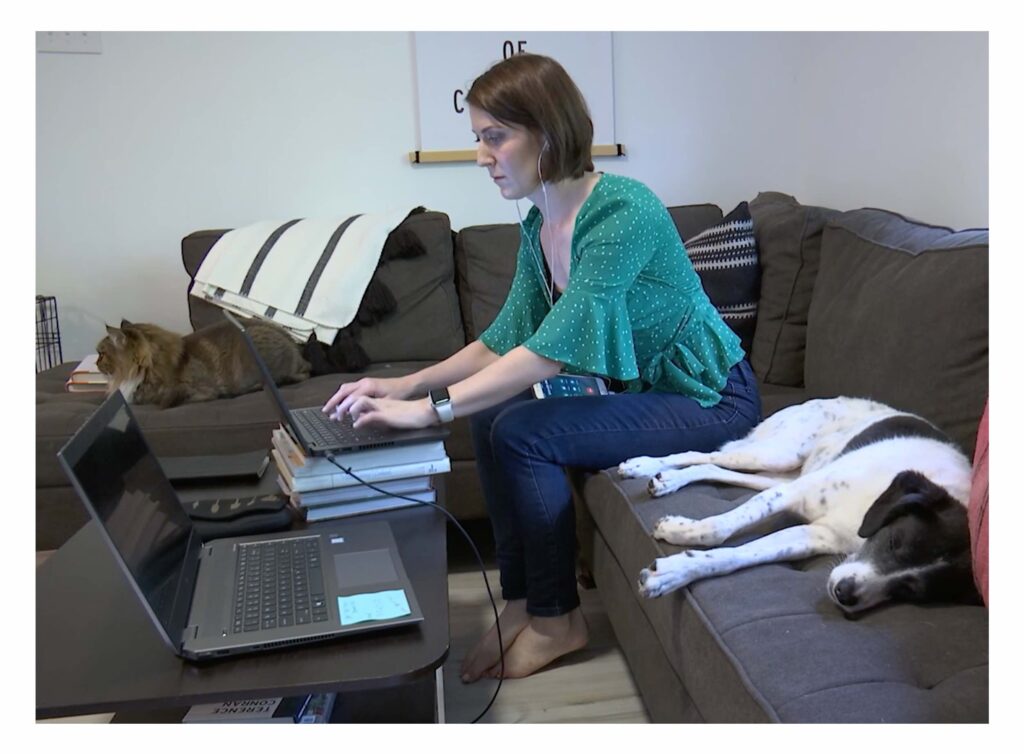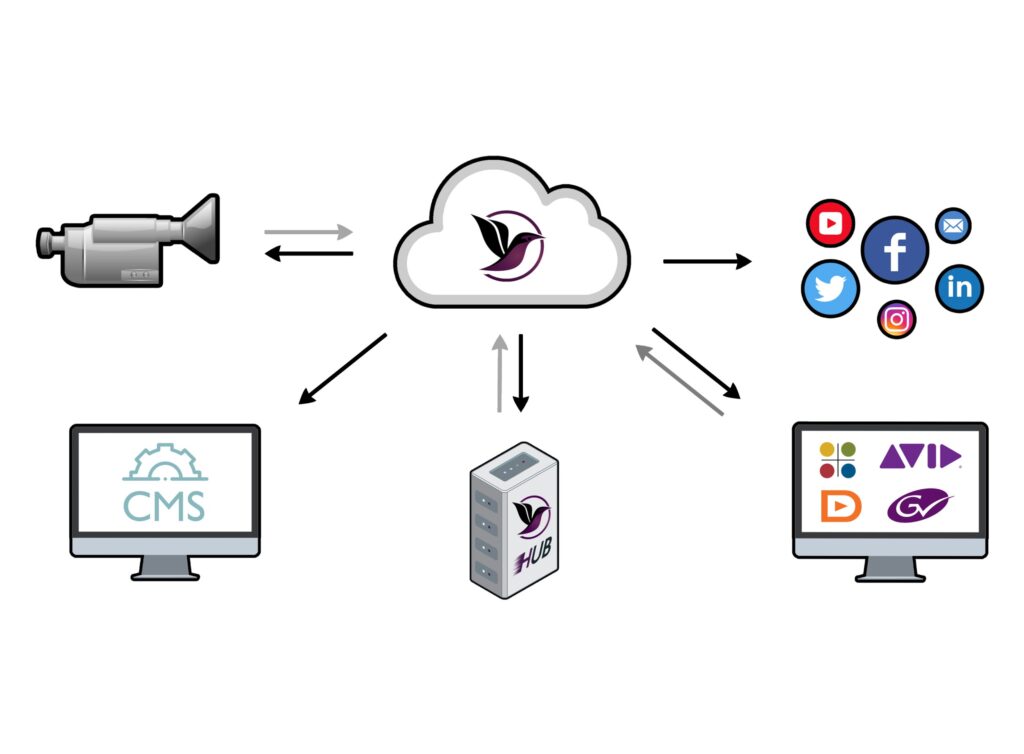In honor of International Women’s Day and Women’s History Month, we want to recognize the six incredible women on our latakoo team who make a difference each and every day. These women are true leaders – overcoming obstacles, challenging the status quo and serving as role models for the next generation of women in tech. Get to know them here.

Jade Kurian
Co-Founder and President
How long have you been at latakoo?
Paul Adrian and I co-founded latakoo in 2010. I have run operations for the company as President since then.
Where are you located?
Austin, Texas.
What do you enjoy most about working at latakoo?
I love what we do, the solutions we provide, the people and groups we serve and how we interact and collaborate as a team. We provide a much needed and widely embraced solution for content providers, especially journalists. I believe good journalism is at the heart of creating good communities and great democracies. And our customers are the reason we exist. They work with us as we test user interface and functionalities, giving us nuggets of wisdom on their workflows and needs. Our team is a mix of people from around the world, all with unique understandings of humanity and technology, but each one contributes in respectful and meaningful ways to find new solutions. I couldn’t love my work as much if I didn’t have this team that always wants to do their best, always responds and always shows compassion and kindness to each other and our customers.
What does it mean for you to be a woman in tech?
My whole life, I have been in rooms where the female to male ratio of employees was drastically unbalanced. I still show up to meetings where I am the only woman on the call. I don’t think that being a woman in tech is all that different than being a woman in many other industries. Women represent about half the workforce in America and about 25% of the technology workforce. Most women, especially minority women, must work harder and fight for a seat at the table. Any time one woman joins a tech company, being paid the same as a male worker in the same role, it helps the whole.
I’m a realistic optimist or practical optimist. I would say things are getting better. There are quite a few encouraging indicators. More girls are getting into computer science and science at younger ages. More women are graduating with degrees in technical fields. Funding for female-led companies is beginning to pick up, although it’s not anywhere near the level it should be, and it does not compare to male-led companies. NASDAQ’s minimum diversity requirement will be helpful in encouraging companies to add women and minorities to the board.
What are you most proud of as a woman?
I’m proud of this company and the people that continue to build it with me. I enjoy working hard, even if I had to work harder to have a voice. Because I accept that things are not set up to be fair, I operate with the mantra that nobody is coming to save me or help me; I must help myself. I’m proud that I’ve been able to figure it out and come out on the other side with some strength and resilience.
What is one thing people might be surprised to learn about you?
I was born into a home with no running water or electricity. As a child, I regularly bathed in a river or showered outside. When I first felt hot water from a shower, I was shocked. Now, I take ice baths and cold showers for workout recovery, and I feel quite comfortable in the cold water. My trainer also says that of all his clients (men and women), I scored the best time for “the 300,” a workout that includes a heavy number of burpees. I’m sort of proud of that!
Name someone who’s been a role model or inspiration in your life.
I am inspired by people who get things done. I am in awe of the doers. We’ve all seen them. They just plow through, no complaining or a little complaining and a lot of doing, no matter what happens. From Mahatma Gandhi to MLK to my mother, who immigrated to the US as a nurse, leaving everything she knew for a new life and then, built that life. I am also fiercely inspired by those who protect animals and our environment. I am a vegan, and I am really inspired by vegan athletes. For so long, there was this idea that to be a great athlete, you had to eat meat. There are so many incredible athletes who are disproving that, including Rich Roll. I listen to Rich’s podcasts and nearly all of them are inspiring in some way. We can have rich lives and healthier bodies, improve our environment and reduce global warming by not eating animals.

Erica Woods
Account Executive & Customer Success
How long have you been at latakoo?
I’ve been at latakoo for two months, but seven years in the tech/start-up world altogether.
Where are you located?
I currently live in Canada but also live in Arizona.
What do you enjoy most about working at latakoo?
The people and the culture of the company.
What does it mean for you to be a woman in tech?
It means that I get to contribute – in a modern way – to create seats for women who will come after me at the table that was built by women before me.
What are you most proud of as a woman?
I’m really proud to be a woman whose goal is always to raise up women, to offer support and to cheer in our collective victories!
What is one thing people might be surprised to learn about you?
Two things: I used to be a janitor in high school, and I used to drive a city bus.
Name someone who’s been a role model or inspiration in your life.
It’s difficult to name one person. I find that I am lucky enough to have found myself surrounded by many friends, family and colleagues who I admire because of their strength, courage, kindness and wisdom.

Carolina Subotovsky
UI/UX Designer
How long have you been at latakoo?
I have been at latakoo for a year and a half.
Where are you located?
I am in Florianópolis, Brazil.
What do you enjoy most about working at latakoo?
The challenges of building products to aid people with their jobs
What does it mean for you to be a woman in tech?
It means that we can do whatever jobs we want to do (even those that were originally ruled by men).
What are you most proud of as a woman?
Not just as a woman, but as a human being: being strong, independent and determined.
What is one thing people might be surprised to learn about you?
I participated in a contest for teenagers building a space colony.
Name someone who’s been a role model or inspiration in your life.
My aunt. She traveled a lot by herself, defying all preconceptions.

Ryan Emmons
Customer Success Director and Chief Designer
How long have you been at latakoo?
I’ve been at latakoo for 8 and 1/2 years. (I can’t believe it’s been this long!)
Where are you located?
I live in Austin, Texas.
What do you enjoy most about working at latakoo?
I never get bored.
What does it mean for you to be a woman in tech?
I love working for a company that prioritizes women and equality. To me it means shattering all the standards that came before, so hopefully the next generation doesn’t even have to think twice about working in a once male-dominated field.
What are you most proud of as a woman?
I’m very proud of my work ethic and how much I’ve grown over the years. I started as a preschool teacher with a studio art degree and have worked my way to a great position at an amazing tech company.
What is one thing people might be surprised to learn about you?
Most people are surprised to learn that I am a woman because of my name. If I had a dollar for every time I got called sir via email…
Name someone who’s been a role model or inspiration in your life.
My family. I come from a long line of very tough, hard-working women who have always inspired me to try and be as badass and giving as they were.
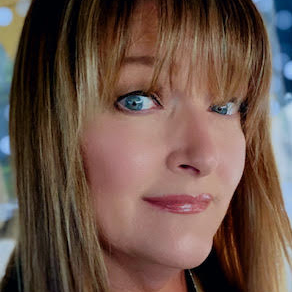
Greta Yastrzemski
Executive Assistant & Customer Success Associate
How long have you been at latakoo?
I’ve been at latakoo for over two years now.
Where are you located?
I am located in Florida.
What do you enjoy most about working at latakoo?
The people! Also, there’s never a dull moment! Each day gives me a chance to stretch and grow.
What does it mean for you to be a woman in tech?
That there are no limits to what you can achieve.
What are you most proud of as a woman?
That I’ve been able to re-enter the workforce after being a stay-at-home mother to twin boys for over 13 years.
What is one thing people might be surprised to learn about you?
My previous career was as a hair designer.
Name someone who’s been a role model or inspiration in your life.
It is impossible for me to single out just one person – my family, my friends, different people with whom I’ve worked, as well as currently. They each in their own way have inspired me to become a better sister, daughter, friend, mother and coworker. I’m lucky to have such amazing people in my life and forever grateful for each of them.

Erin Cargile
Director of Content and Training
How long have you been at latakoo?
I’ve been at latakoo for nine months.
Where are you located?
I live in Austin, Texas.
What do you enjoy most about working at latakoo?
The people we work with — this includes my coworkers and our thousands of customers. Both are extremely driven, gifted at what they do and work amazingly well together to achieve the same goal: continuously improve video workflows. And I will never get over the amazing view overlooking Lady Bird Lake and downtown Austin from our office.
What does it mean for you to be a woman in tech?
I always laugh when I hear this because I was a local news reporter for 17 years before joining latakoo. I am the least tech-savvy person I know, but part of my job is to train users on our technology who are just like me. What I am good at is communicating and breaking things down in a way that’s easy to understand. I also used latakoo as a journalist before joining the company. So, to me, being a woman in tech means embracing what you think you don’t know or aren’t good at and being confident in the skills and experience you bring to the table.
What are you most proud of as a woman?
Surviving childbirth! And not being afraid to speak up in a positive way last year when I felt like the company I worked for at the time should be offering a better parental leave policy for its employees that was more in line with benefits other comparable companies were offering. It was actually on International Women’s Day last year when I was home on maternity leave and sitting there holding my new baby boy when I thought: I can’t just keep complaining to my friends about it – I have to say something to those who have the power to change it. Seeing other social media posts from strong women that morning gave me the guts to say this is not ok and I hope we can work to change it. Once I voiced my thoughts, other employees reached out to me and wanted to share their stories and do whatever they could to help lobby for a new policy. A few months later the company announced it would be improving its parental leave policy for all employees starting in 2022. I also did a TEDx Talk a couple of years ago on the power of being told “no,” and how when I think this is going to be the answer or someone flat out tells me “no,” that it usually lights a fire under me and serves as motivation to keep working toward a “yes.” That reaction has served me well in life.
What is one thing people might be surprised to learn about you?
I was a competitive gymnast as a child and can still do a back handspring. That’s not to say I can move very well the next day after doing it, but muscle memory is incredible!
Name someone who’s been a role model or inspiration in your life.
Many people have inspired me for many different reasons over the course of my life including Jade, who is an incredible mentor, role model and leader here at latakoo and who does it all with grace. I would have to say my mother and grandmother rubbed off on me the most and made me the person I am today. They’ve taught me to be extremely driven and hard-working, to never settle for mediocre and are incredibly humble, kind and gracious. They’ve always instilled in me women can do anything, and usually do it better.
We are grateful for everything these women do for latakoo. Join us in celebrating these women for Women’s History Month.
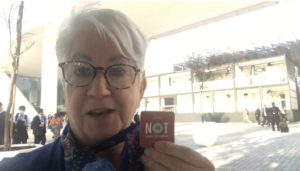
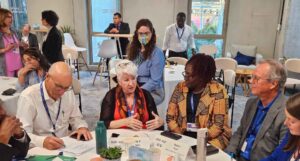
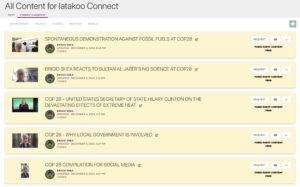

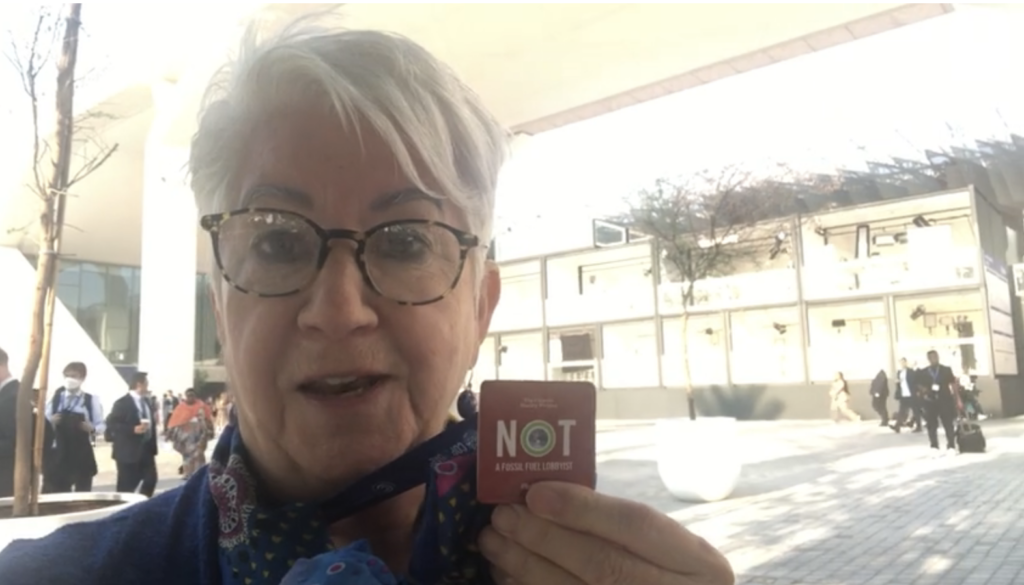
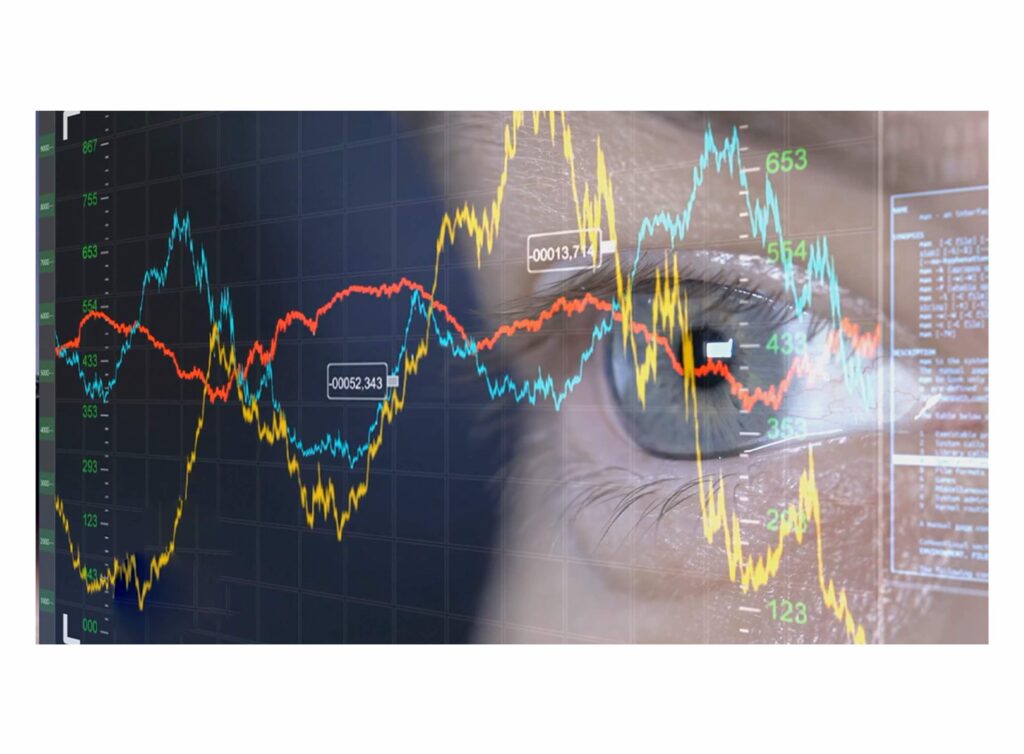
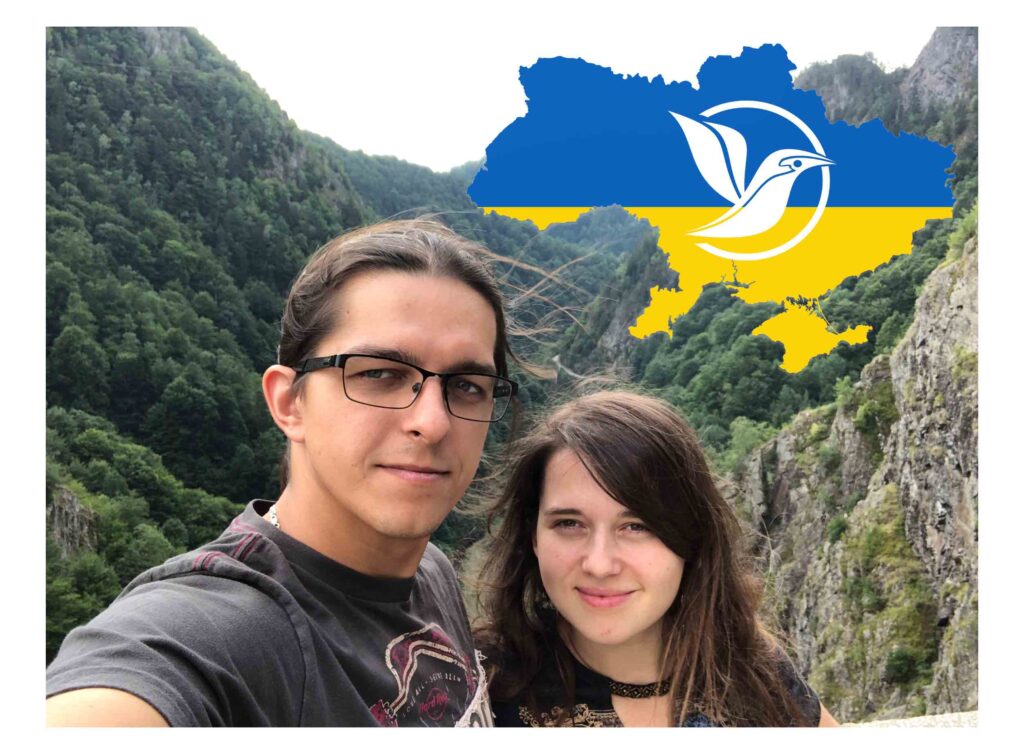
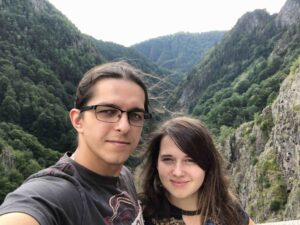
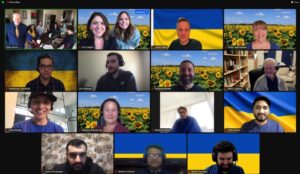








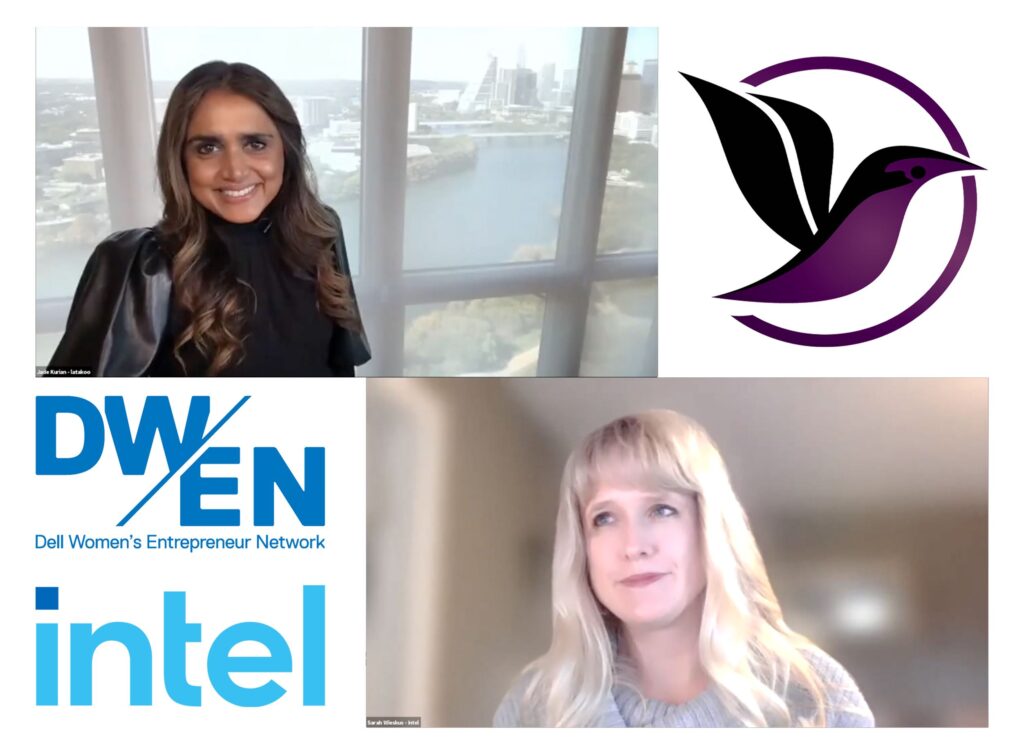


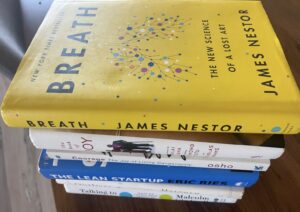
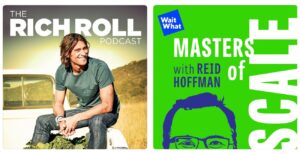
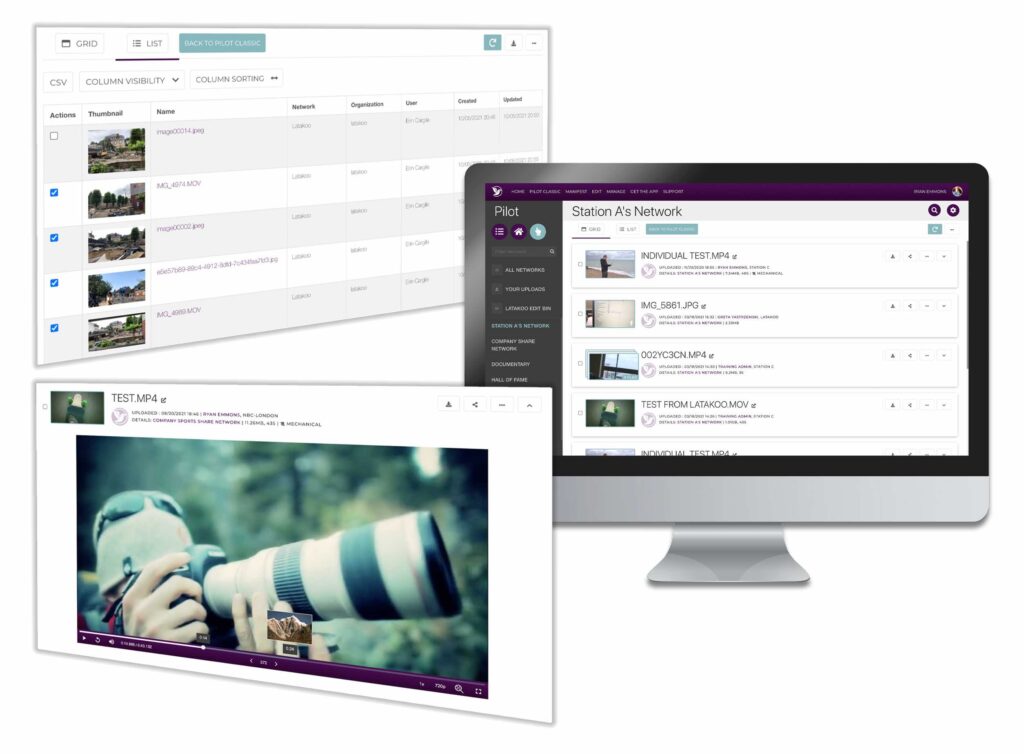
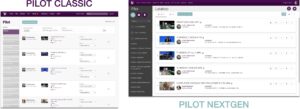
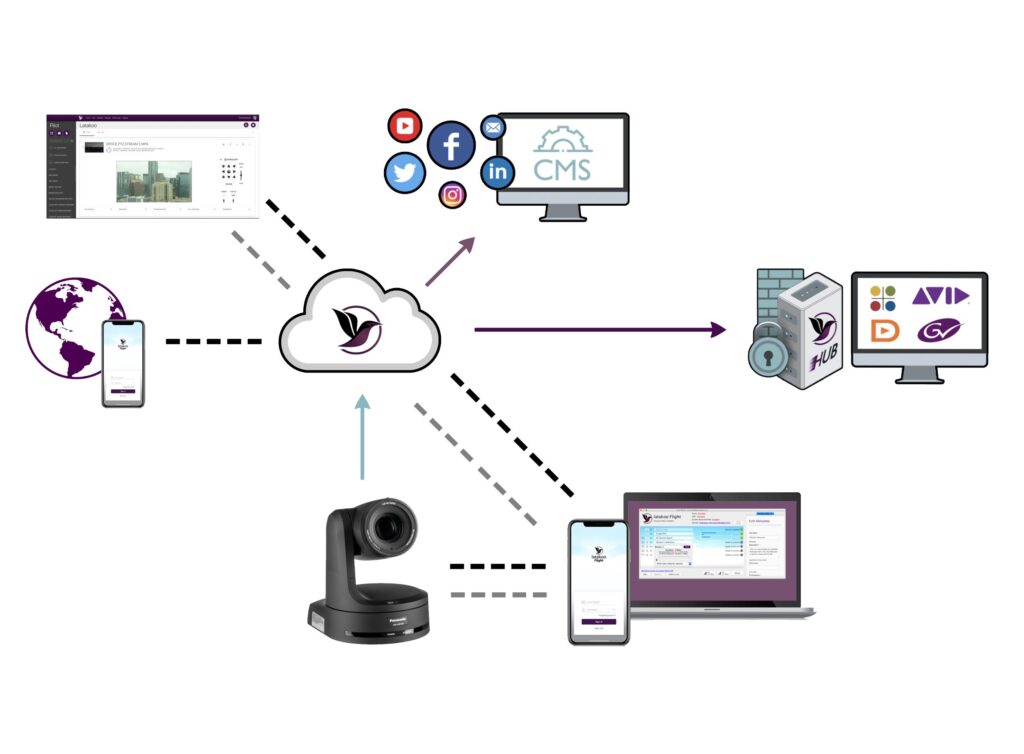
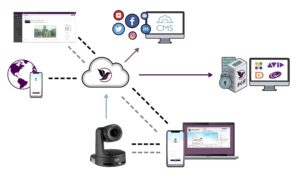 And when I say “we,” there are doubtlessly some tenured technology vendors who look at latakoo today and see an “interloper.” The reality is that whether we’re talking about new technology startups in a market or newly arrived immigrants to a country, the temptation once one has arrived and survived is to immediately turn around, close and bolt the door. Let’s build a wall, because we can clearly handle things from here. I can understand the trepidations here as I am both an immigrant and a startup technology founder, but we can’t let fear create handcuffs.
And when I say “we,” there are doubtlessly some tenured technology vendors who look at latakoo today and see an “interloper.” The reality is that whether we’re talking about new technology startups in a market or newly arrived immigrants to a country, the temptation once one has arrived and survived is to immediately turn around, close and bolt the door. Let’s build a wall, because we can clearly handle things from here. I can understand the trepidations here as I am both an immigrant and a startup technology founder, but we can’t let fear create handcuffs.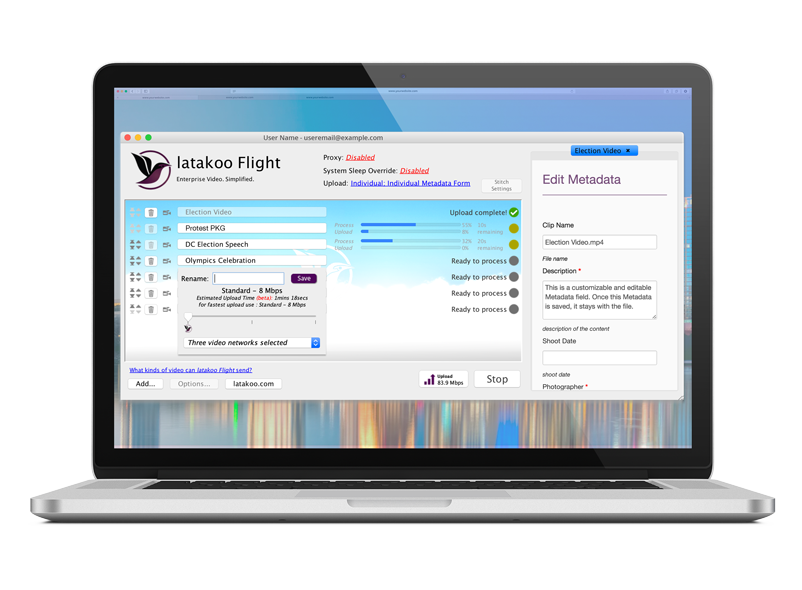

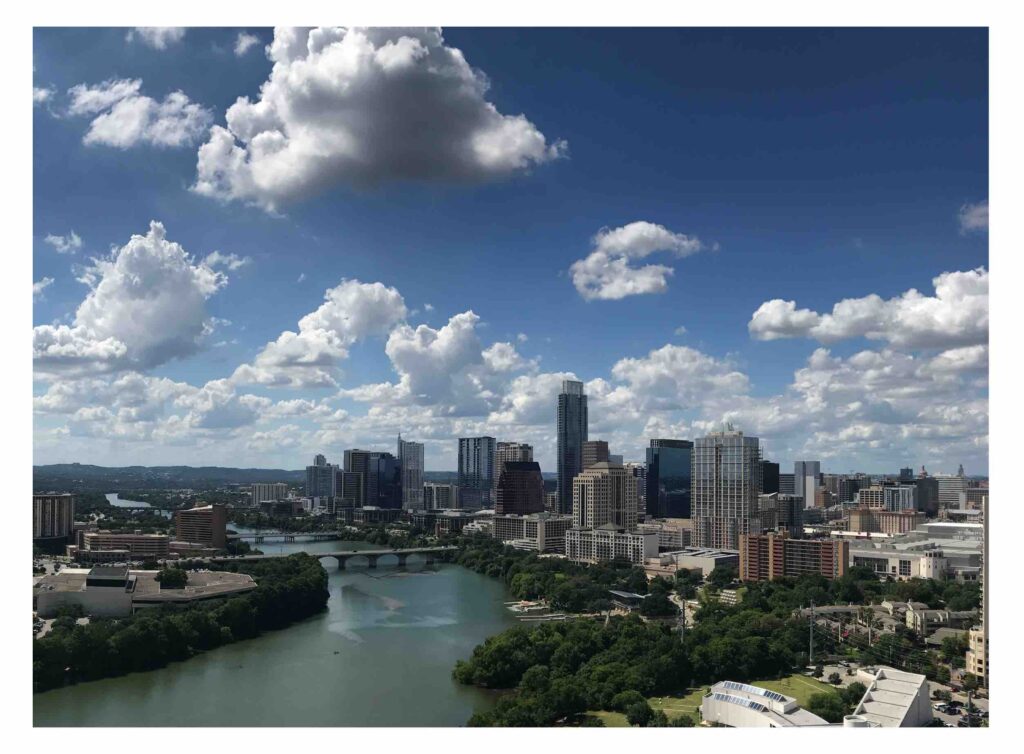
 “We had been using latakoo as a one-way street prior to the coronavirus pandemic, taking files from the field, to the cloud, to the asset manager,” said Rick Erbach, News Director of WGNO, in New Orleans, Louisiana during a webinar in April. “Now we’ve turned it into a two-way street. MMJs will say, ‘I need this video or that video.’ And so what we are doing now is putting that video up to the latakoo cloud so they can bring it down to their desktop at their home.” Erbach says latakoo has been a “newscast saver” during the pandemic.
“We had been using latakoo as a one-way street prior to the coronavirus pandemic, taking files from the field, to the cloud, to the asset manager,” said Rick Erbach, News Director of WGNO, in New Orleans, Louisiana during a webinar in April. “Now we’ve turned it into a two-way street. MMJs will say, ‘I need this video or that video.’ And so what we are doing now is putting that video up to the latakoo cloud so they can bring it down to their desktop at their home.” Erbach says latakoo has been a “newscast saver” during the pandemic.
